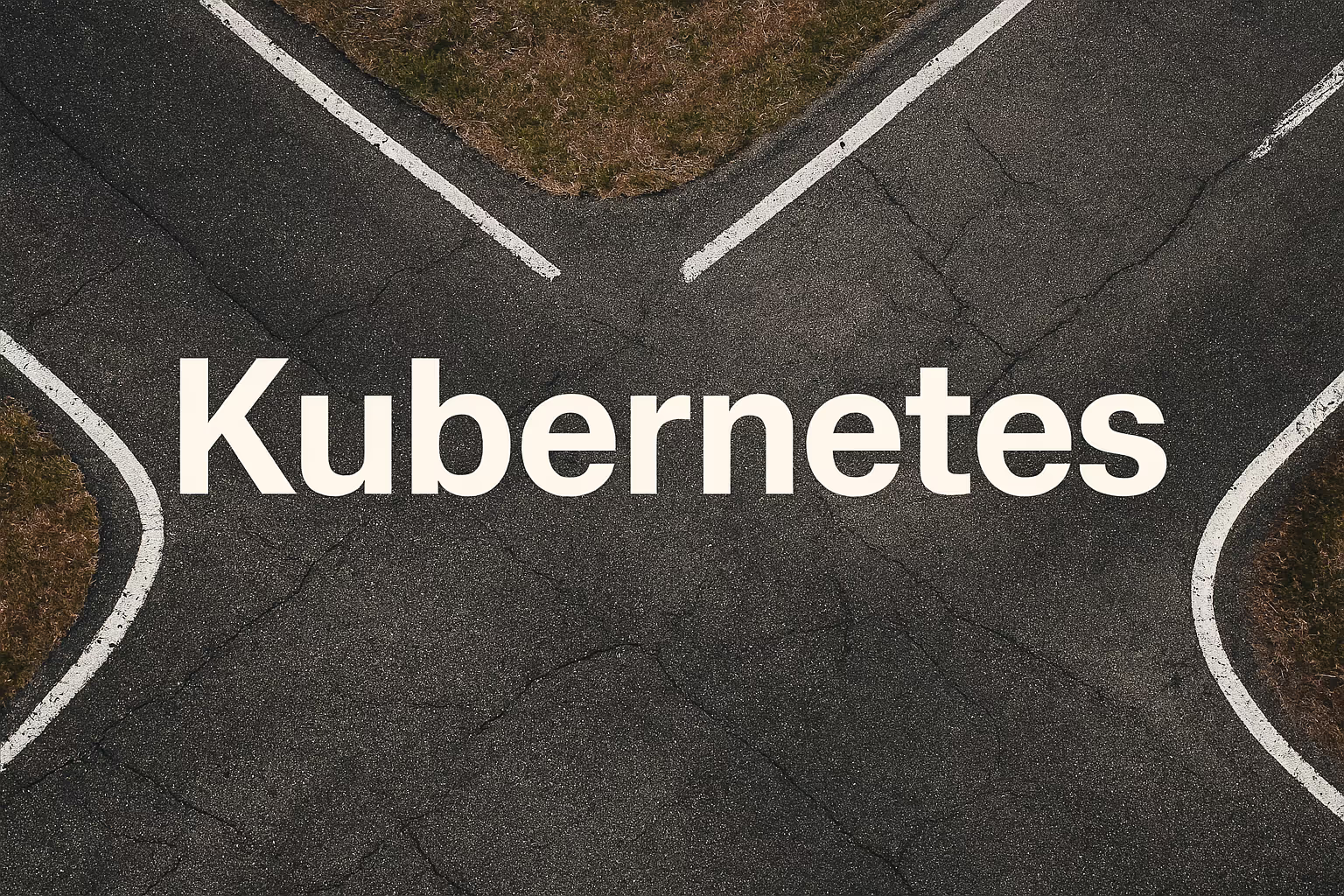Kubernetes is no longer new. It’s mature. Battle-tested. Proven. But it’s also misunderstood, especially by teams who think “we’ve got this” after spinning up a couple of clusters and deploying a few Helm charts.
What starts as a low-stakes experiment in container orchestration quickly mutates into a sprawling mesh of ingress rules, GitOps pipelines, policy engines, and half-maintained CRDs from six different vendors. The moment you declare Kubernetes "production-ready," the Day-2 reality sets in: upgrades, security patches, observability, access control, backups, restore testing, scaling bottlenecks, and, inevitably, that one node that keeps dying at 3:17am.
More and more organizations are hitting this wall. And they’re reacting in one of three ways:
- Roll back to simpler abstractions like ECS, ACI, ACA, or Cloud Run.
- Roll forward into curated Kubernetes platforms like EKS-Auto, Anthos, or Azure Kubernetes Fleet Manager.
- Hand over the entire operational burden to a specialist Managed Kubernetes provider.
So what’s the best path forward? That depends on what Kubernetes means to you.
The Two Paths: DIY vs Managed Kubernetes
At a high level, the choice appears binary: run Kubernetes yourself or have someone else run it for you. But the reality is more nuanced.
Self-managed Kubernetes means you own everything; from the infrastructure and control plane to the Day-2 stack and incident response plan. You maintain cluster upgrades, patch CVEs, manage access control, operate observability tooling, run backups, recover from outages, and (hopefully) test that your restore process actually works.
KaaS (Kubernetes-as-a-Service) offerings like EKS, AKS, or GKE, offer a halfway house. You get a managed control plane and access to some cloud-native tooling (think: basic observability dashboards, autoscaling, ingress controllers). But you're still responsible for wiring everything together, integrating GitOps, setting up RBAC, monitoring logs, handling incidents, and managing performance.
Fully Managed Kubernetes Services go further. They offer not just hosted clusters but full-stack operational management. These providers act as your platform team, handling setup, upgrades, observability, compliance, incident response, and often supporting your developers directly. In essence, Kubernetes becomes an outcome, not a project.
The True Cost of Self-Managed Kubernetes
Let’s not sugar-coat it. Most teams don’t have a platform engineering squad of six with a full-time SRE just for fun. They have a single heroic engineer holding the whole thing together with Terraform, bash scripts, and just enough Prometheus to detect when it all goes sideways.
The DIY model looks cheap on paper. But it comes at the cost of:
- Burnout: Your platform hero is one on-call alert away from their breaking point.
- Slow delivery: Teams wait on platform fixes, pipelines, or infra tickets just to ship code.
- Risk accumulation: Upgrade delays, CVEs, and unclear restore paths pile up until they explode.
- Hidden cost of complexity: Every new “improvement” adds operational drag.
This is the silent killer: Kubernetes success stories often conceal the bodies of failed upgrades, missed SLAs, and frustrated dev teams who just want to deploy an app without reading a CNCF whitepaper.
Why Organizations Start Looking for a Way Out
Eventually, leadership asks a tough question: “Why is our internal developer platform more complex than the product we sell?”
At that moment, teams start exploring alternatives. For some, that means backing away entirely, moving to simpler container runtimes where infra is abstracted away. For others, it's about building guardrails: introducing curated, opinionated platforms like EKS-Auto or AKS with preconfigured defaults.
But the most decisive move is often to step out of the game entirely, to hand over operational control to a trusted managed services provider who does this for a living. Not because Kubernetes is bad. But because running it yourself is no longer worth the distraction.
What’s the Real Price of Control?
Let’s move beyond theory. Here’s what running Kubernetes typically looks like in practice for a mid-sized organization with 2–3 environments (prod, staging, dev), ~20 containerized apps, and ~10 developers pushing code regularly.
Important nuance: KaaS does not mean no effort. The cloud provider may offer a prebuilt ingress controller, or observability integrations, but they won’t configure them for you. You’re still on the hook for Day-2 tasks, SLA response, and production readiness.
With a fully managed service, you buy more than uptime. You buy headspace. No more chasing kubelet crashes. No more spending sprint capacity on Helm chart diffing. You get to focus on product, not plumbing.
So… What Are You Really Buying?
You're not buying Kubernetes. You're buying certainty. That things will run. That updates won't break your platform. That someone else is watching the cluster at 3am so your engineers can sleep, and wake up to problems already solved, not just logged.
You're trading platform complexity for delivery velocity. And you're trading brittle heroics for operational resilience.
This isn’t about technical capability. It’s about focus.
- Do you want your best engineers building deployment pipelines and monitoring dashboards?
- Or building products your customers pay for?
The most effective teams we’ve seen aren’t the ones who built the most elaborate platforms. They’re the ones who shipped features the fastest, and safely.
Complexity Scales Faster Than You Can Hire
Kubernetes is powerful, but it doesn’t forgive laziness. It doesn’t scale naturally. It doesn’t simplify over time. If left unchecked, it becomes an engine of entropy, not innovation.
Most teams don’t fail at Kubernetes because they don’t understand it. They fail because they underestimate what it really takes to run it well.
So don’t ask whether you can run Kubernetes. Ask whether you should.
If you’re spending more time maintaining the platform than delivering value on it, the answer may already be clear. Get someone better equipped to run it for you.
Read more about the Portainer Managed Service offering here: https://www.portainer.io/products/portainer-managed-platform-services




